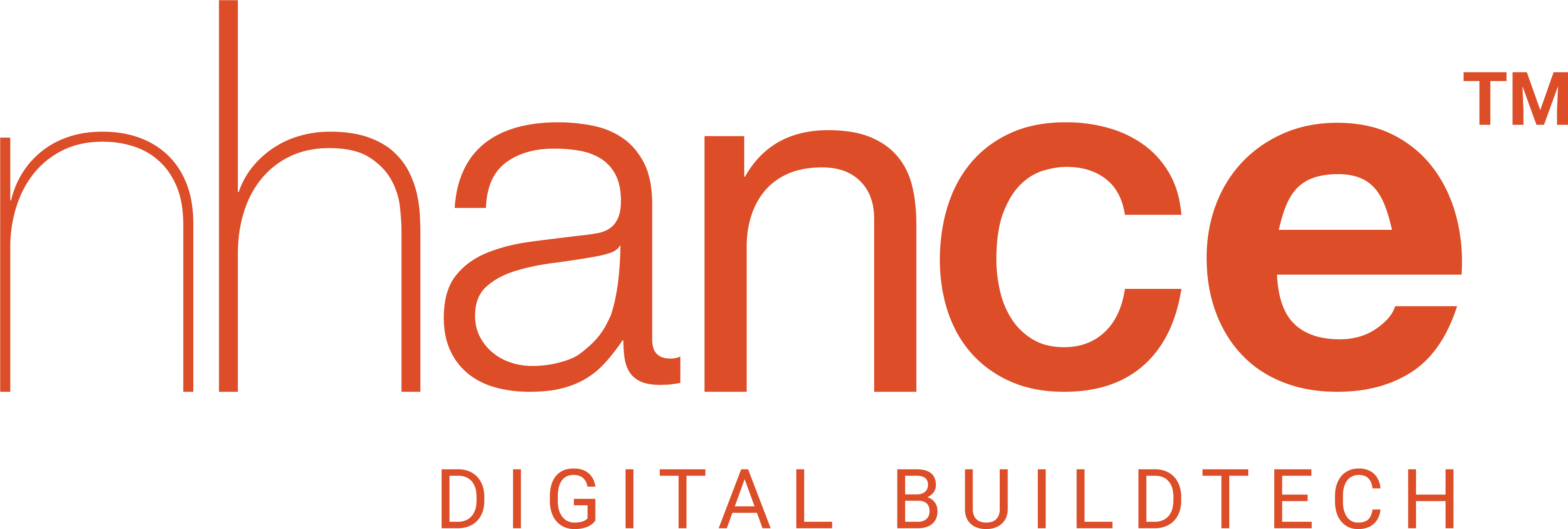According to a Capgemini survey, digital twin adoption is predicted to increase by 36% in the next five years. While there is no denying that businesses from all sectors and around the world are implementing Digital Twins, it is also true that there are barriers to its widespread adoption. Despite the potential that this technology shows, a full-scale digital twin strategy is adopted by only 13% of organizations.
Let’s look at some of the main challenges to the adoption of digital twins:
Return On Investment (ROI): Like with many technology and infrastructure investments, the benefits may not be visible immediately. So businessmen or real estate managers looking for quick results may not support investing in Digital Twin as they do not see an immediate ROI. Additionally, the absence of well-defined or well-established sources of models, data, and integrators of Digital Twin keeps them even more sceptical.
Identifying relevance: Managers lack knowledge about Digital Twin and its practical value-based implementations. Creating use cases will help such customers determine the kind of knowledge required to deploy the Digital Twin as well as establish its effectiveness. Not all industry participants stay current with emerging technology, it will, therefore, be advantageous to collaborate with some experts to have the necessary knowledge related to Digital Twin.
Organizational Silos: Digital Twin connects several divisions and specialities to achieve business goals effectively. However, integrating the working and domain knowledge of different groups, like architects, managers, occupants and so on, in a single Digital Twin can be challenging. This inhibits managers from adopting it and leads to data silos. Managers prefer to assess the Digital Twin’s fitness to update it as needed. But, system knowledge is frequently unreliable, inconsistent, or insufficient, and the limitations of ML and AI could make collaboration across silos challenging.
Data Security and Ownership: Security concerns are imperative to anything related to data. Digital Twin owners must be able to offer secure access ways to safeguard IPR. Cleaned, reconciled, and understandable data can increase the system’s level of trustworthiness among managers. Also, they can opt for a custom Digital Twin option which meets specific demands within a building and is easy on their pockets.
Prioritize use: The management feels perplexed and finds it challenging to determine which uses must be prioritized when using this technology. For instance, it might be challenging for managers to decide if they should put operational efficiency ahead of sustainability goals. Prioritise the future-focused use that will have a big influence on ROI. Technical solutions and agreements must be given top priority for data protection and ownership. Standard best practices can be prioritised to offer a uniform perspective for all stakeholders to break down organisational silos.
Maintenance: The lifecycle management of a Digital Twin is a significant problem because Digital Twin involves a challenging software and hardware infrastructure. It incorporates a variety of stakeholders from several organizations, making concurrent development and operations challenging. For a Digital Twin to continue to add value in an effective, efficient, and inexpensive manner, controlling ownership as well as the potential repercussions of changes is essential.
Advanced Know-How: Digital Twin can generate large amounts of various data types at a very fast rate. Only a knowledgeable user can make sense of this information. In addition to being time-consuming to produce, implement, and maintain, excessive detail may become too complex for people to comprehend, manage, and ultimately trust with the requisite level of confidence.
Effective Execution: A thorough Digital Twin will require significant computational resources, which will probably be dispersed over a cloud that mixes several sources. This makes design patterns necessary for the efficient, distributed co-simulation of many types of models, synchronised with the actual system state. However, current cloud native and high-performance computing solutions are not sufficiently universal.
The Digital Twin has a crucial role in resolving the issues facing several industries, including construction. Its predictive maintenance can be of great assistance to asset managers in the commercial real estate sector. Adopting it by overcoming barriers will prove beneficial in the long run, by being a catalyst to log a win and scale corporate growth.








